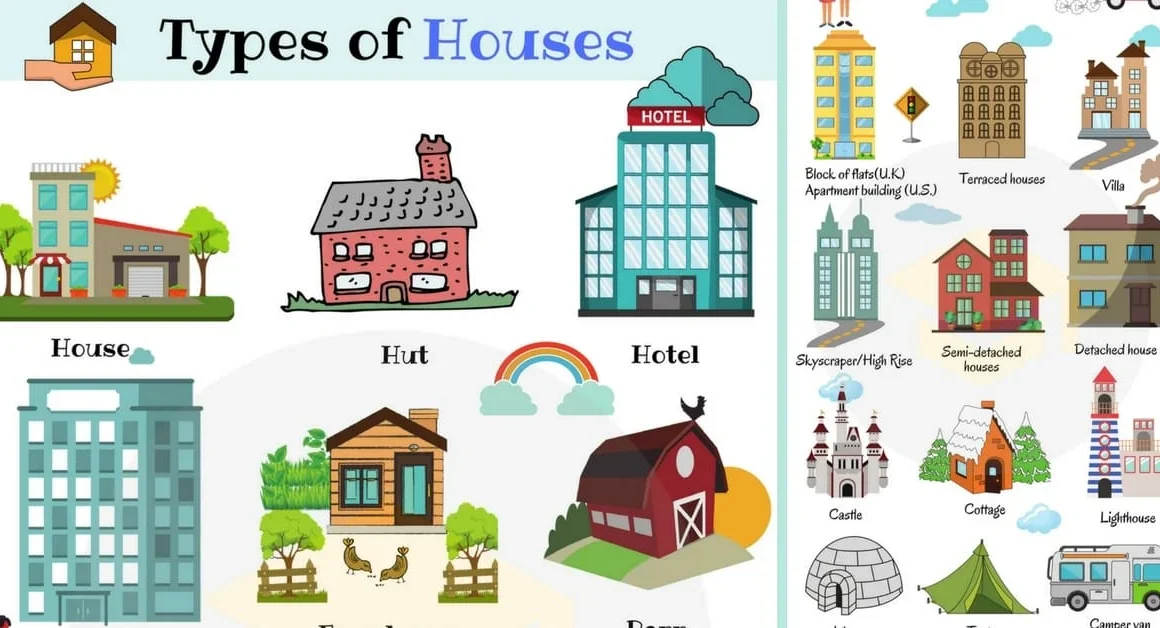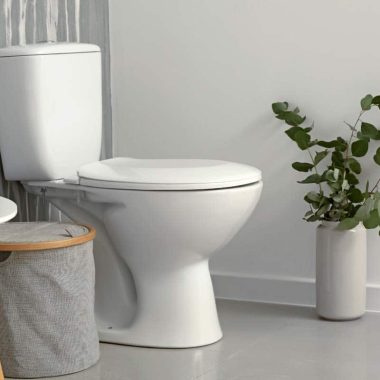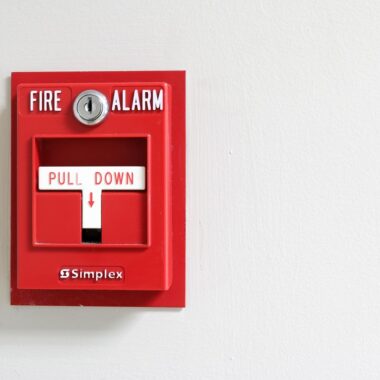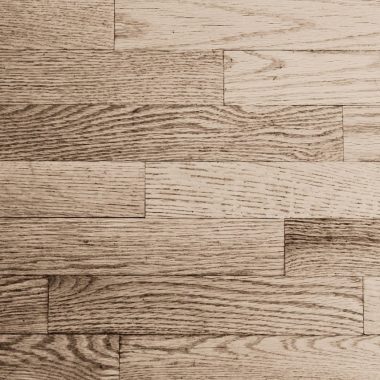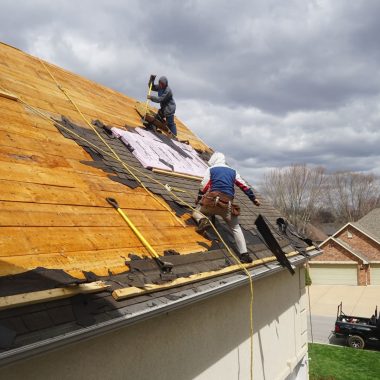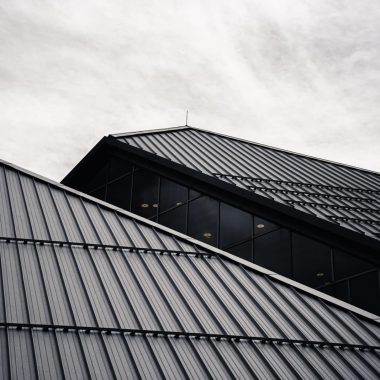Our comprehensive research guide investigates the many different types of houses available worldwide.
If you’re actively looking for a property to buy, you know how perplexing the process can be.
You may have a picture-perfect notion but can’t explain it precisely. You’ve arrived at the correct location.
To assist you in defining your dream home, we’ve compiled a collection of the different types of houses available worldwide.
1. Single Family Home
Single-family homes are self-contained residential structures with no shared walls with other designs. A single-family homeowner often owns the building and the land on which it stands.
Single-family houses are home to 70% of Americans. While that rate is likely lower in other nations, the single-family detached property is a desirable type of home.
2. Condominium
A condominium is one of several homes on a particular plot of land within a building or series of buildings. Each condominium owner owns the unit title, meaning they own it.
In the United States, a condominium building is controlled by an elected organization called an HOA (House owner association) or Strata Council (in Canada).
They make decisions for all unit owners and control the communal facilities and property on which the condominium is built. This elected board makes decisions about maintenance, grounds, ordinances, and other issues.
Furthermore, The titles “duplex” and “triplex” relate to these two- or three-story condos in New York City.
In other places, the phrases “duplex” and “triplex” refer to two- and three-unit structures that are adjacent to one another.
Naturally, there is a heated dispute regarding technical definitions, but in today’s jargon, the phrases are defined differently in different regions.
The condominium is one of the different types of houses available worldwide, not just in the united state.
3. Apartment
An apartment is a collection of housing units in a single structure owned by the same person. Tenants are then rented out the teams.
This is the primary distinction between a condo and an apartment. Individual entities (i.e., a person or business) own each unit in a condo, whereas a single entity owns apartments.
4. Semi-Detached Home
A semi-detached house is a single family home with one shared wall. In contrast to townhomes, which may have a neighbor on both sides, semi-detached homes share only one wall, and the home design is often a mirror of each other.
5. Co-op
A co-op looks and functions similarly to a condo or apartment, but the financial and legal arrangements are significantly different.
Each business or individual that buys into a co-op does not own a specific unit; instead, they hold a percentage of the building.
Owners of co-ops are similar to shareholders of a whole property, and they formally lease their teams from the co-op.
Furthermore, the advantage of a co-op over an apartment or condo is that the co-op association (the co-op members) can restrict a potential buyer from purchasing into the building by rejecting their application.
However, a co-op association can only reject applicants based on financial reasons and/or a refusal to obey the association’s bylaws. This is one of the different types of houses available worldwide.
6. Townhome
The townhouse is the next house type on this long list. Like a row house, a townhouse shares one or two walls with neighboring homes. Also, townhomes are typically two or three stories tall, though some are significantly higher.
Townhomes differ from condos in that owners own both the interior and exterior of the unit and are thus financially liable for both the interior and external care.
Furthermore, a townhouse is similar to a single-family home, except that it is attached to another unit on one or both sides.
7. Bungalow
The term “bungalow” derives from an Indian phrase for small homes, “Bengali house.” you created the bungalow because the cottage-style dwelling with solid walls did not work in India’s warm climate.
American Craftsman bungalows are modest, square single-story residences with front porches.
The single elevated level has front stairs leading up to the porch. A single dormer window is typically constructed into the attic’s pitched roof. These houses first appeared in the United States in the early twentieth century.
Also, Bungalows can now be seen throughout the United States. Also, Bungalows aren’t as widespread these days, thanks to the modern preference for larger residences.
Furthermore, simple designs are no longer required to keep prices down with a computer-aided design.
8. Ranch-Style
A ranch-style house (also known as a rancher) is a single-story house. On the other hand, a rancher has a larger, more rectangular footprint than a bungalow. The ranch house is a variation of the vast Spanish hacienda-style residence.
Ranchers became popular in the 1950s as vast land areas were converted into suburbs with larger plots than ordinary urban holdings.
Because they demand larger-than-average lots, this sort of house offers a lot of open outside space. This is one of the different types of houses available.
9. Mobile Home
According to the United States Department of Housing and Urban Development, mobile houses, also manufactured homes, are created in factories (HUD).
Manufactured homes are permanently attached to a chassis with wheels. Manufactured homes can be placed both permanently and temporarily.
10. Cottage
We’d be remiss if we didn’t include “the cottage” in our list of home categories. The term cottage refers to a type of housing often built in England.
While it is now commonly referred to as a tiny holiday home, a cottage was historically a small home with a high thatched roof, sturdy walls, and a single internal chamber.
However, in a strange and ironic twist, some wealthy individuals refer to their vacation homes as “the cottage.”
This word minimizes what is genuinely a luxurious holiday property. For example, the majestic Newport, Rhode Island mansions erected by the Robber Barons are occasionally referred to as “cottages,” even though they resemble the classic English cottage.
11. Cabin
No signed agreement exists on the distinctions between a cabin and a cottage. Although a cabin connotes a modest, rustic, and minimalist aesthetic, a cottage, in current usage, frequently refers to a more affluent vacation dwelling, though this was not originally the case.
Furthermore, Cottages are typically more finished than cabins. Cottages are painted and decorated to give them a polished appearance.
Moreover, houses are nearly always rural, whereas you can find cottages in either a rural or urban setting. A cabin, according to some states, is historically a log-built structure. To clarify, there are various types of cabins houses that you can design and create.
12. Chalet
The term “chalet” derives from the huts that once housed sheep and goat herders in Switzerland. The chalet is now a vacation residence, generally found in mountainous settings.
Now that skiing is an internationally popular sport, a chalet is often used to describe a vacation property with skiing access.
Furthermore, a chalet, on the other hand, has certain design qualities. These include a high roof and extensive overhangs intended to handle snowdrifts. This is one of the different types of houses available.
13. Multi-family
A multi-family home is the “house name” for residential construction with two or more dwelling units. It refers to a detached home with an in-law suite, an apartment complex, a townhouse development, a condo building, and so on.
14. Barndominium
A barndominium house is a barn that has been transformed into a dwelling space, either wholly or partially. This is one of the different types of houses.
15. Carriage House
Carriage and coach homes are interchangeable. These are structures on a property historically built to hold horse-drawn carriages. Many have since been transformed into separate dwelling apartments that can be rented out or booked for guests.
While humans no longer require such structures to house carriages, many new homes incorporate them on the land. Carriage houses allow owners to generate extra income or use them as guest lodgings.
Even though the building was never used as a carriage or coach house, the name carriage or coach house is still extensively used. This is one of the different types of houses.
16. Tiny Home
A tiny house is a tiny house that can be permanent or transportable. The sizes of these houses range from 100 to 400 square feet. Tiny houses are incredibly efficient in terms of design and layout.
They are becoming more popular as people downsize and/or desire to live without a mortgage. Tiny houses range in price from $10,000 to $100,000, depending on whether you build them or make them for you and the materials used.
17. Mansion
A mansion is a huge, magnificent residence (read our in-depth analysis of what a mansion is). Surprisingly, there is no legal standard of how large a home must be to be labeled a mansion. Furthermore, there is no agreement within the real estate industry.
The average dwelling size in 1950 was just about 1,000 square feet. The average dwelling size today is 2,500 square feet. In seventy years, the average home has grown by 250% in size.
Given that the average home size is now 250% larger than the average in the 1950s, the size necessary for a mansion should be proportional.
Furthermore, a mansion is not a fixed size; instead, it is a phrase that distinguishes a house from an average dwelling—something large and elegant. This is one of the different types of houses available.
18. Yurt
The yurt is the predominant kind of habitation utilized by East Asian Mongol cultures. The Mongols are a nomadic tribe. Yurts are ideal housing for a nomadic civilization because they are readily packed and transferred.
Yurts range from around 12 feet in diameter (115 square feet) to more than 30 feet in diameter (706 square feet or more). They are relatively cheap to construct.
Furthermore, a yurt is a spherical construction with waterproof fabric walls and a roof. Traditional yurts are essential, but custom-built yurts with almost all of the conveniences of a typical home are also available.
While some people in North America live in yurts all year, others use them as holiday homes.
19. Tree House
Although very few individuals prefer to live in treehouses, they do exist. These are tree houses, some of which are huge.
They are typically not hammered into the trees where they are positioned; instead, the stilts and structure are built around the tree to elevate the residence.
Treehouses appear to be enjoyable places to live, and they are certainly unique. This is one of the different types of houses available.
20. Castle
A castle is a fantasy home for many people. It is one of the more unusual forms of house. There are numerous sorts of castles.
You constructed palaces from the early Middle Ages until the nineteenth century. Their primary goals were to house and protect their residents.
Castle designs evolved significantly over the hundreds of years that they were erected. This is one of the different types of houses.
21. Palace
While the term palace is frequently used instead of a castle, a palace differs from a castle in that a palace’s primary function is to serve as a residence; they were not built to defend.
Conversely, palaces were opulent constructions that housed royalty, nobles, and government operations.
22. Cave
People used to dwell in caves. Given that caves are turn-key in a primitive sense, this option was a no-brainer. Nature essentially constructed caves for humans and other creatures to live in.
Having said that, while many cave houses were primitive, some tribes built cities out of a series of cave homes.
23. Container Home
The use of existing containers as the main structure of a home is a recent breakthrough in home construction and design. Smaller homes use one container, whereas larger homes use several.
Furthermore, Containers, as shown below, can be configured in various ways. Some companies specialize in designing and building container homes. This is one of the different types of houses.
24. Dome
While uncommon, geodesic dome houses and roundhouses are another housing style. In truth, spherical constructions have been used for thousands of years in various societies – think tipis, yurts, cottages, stronghold towers, and so on.
25. Hut
A hut is one of the most basic types of dwellings that exist today. This one-room, one-story house is fashioned of indigenous materials such as wood, soil, and leaves.
In most situations, it is not intended as a permanent shelter but rather a place to get out of the sun. Huts are typically located near beaches because the materials required to construct them are readily available.
Even if a hut is constructed with stronger materials for a permanent refuge, it will be located just off the coast and will be circular. Also, this allows wind from cyclones, hurricanes, and typhoons to blow beyond the hut and reduce damage.
Furthermore, Huts can be as wide or as narrow as needed. These permanent residences are typically seen on islands such as the Caribbean, where native inhabitants live.
26. Tower
The tower is one stone building that can endure the height and design. These residences are constructed in regions with less land space, and multiple floors are available.
Towers provide security by allowing you to see who or what is approaching from all directions. Furthermore, tower houses are most frequent in Western Europe, particularly in Scotland and Ireland.
Historically, these homes belonged to prominent families in the neighborhood, such as Earls or Aristocrats. In a tower house, each story is relatively small, leaving a floor for dining, living, and so on.
27. Courtyard
The Courtyard type is another thousands-year-old dwelling form that is still used around the world today. For thousands of years, you built homes with a central courtyard and principal rooms surrounding them.
Furthermore, there are various variations of this classic home today, with many service rooms connecting to these regions. These houses were part of vast estates in the Jordan Valley. Blenheim Palace is an example of a courtyard residence today.
28. Stilt House
You may notice stilt dwellings lining the properties when visiting islands or riverbank villages worldwide. These houses are elevated, with the entire structure hoisted at least one story or more.
These stilt houses protect the residences against flooding, which can occur along coastlines and banks everywhere.
These stilts are reinforced to support the structure’s weight and distribute it evenly, ensuring the home’s safety in the event of a weather storm or rushing seas.
Most of the time, the area below is used for exterior storage, parking, or as a lounge area with patio furniture.
29. Villa
You’ve probably heard the term “villa,” but do you know where it came from? Villas were the higher society dwellings in Ancient Rome.
These mansions had distinct architectural lines and were big, with numerous rooms. Because they were central to multiple settlements, they would eventually accommodate many villagers once the Roman empire crumbled.
However, these big homes remained popular and regained single-family status throughout the nineteenth and twentieth centuries.
You used them to characterize some of the mansions erected across Europe and North America. Several villas may be seen across the San Fernando Valley in California. This is one of the different types of houses.
30. RV Home
There has been a mobile movement in the last century, particularly in North America, to pack up homes and make them transportable. Many people have shifted to RVs and campers, staying in parks and traveling all year.
These RV houses and campers come in various sizes and can be very small or enormous, depending on how many people live in them.
The smaller and more conventional RV homes can be pulled by a standard pickup truck and have an inside bed, living space, kitchen, and bathroom.
Some are large enough to have multiple sleeping spaces and slides drawn out, and they must be towed by trucks equipped with fifth wheels.
31. Tipi
Another type of portable housing is considerably older than the RV and originates in North America. The tipi is a dome-shaped dwelling that can be taken apart and reassembled in minutes. Many access points and smoke flaps allow the tipi to breathe.
Furthermore, Native Americans utilized tipis to live while moving across the continent for hundreds of years. They were simple to pack and transport their goods.
Camping tents are now built after tipis and used for temporary shelter while camping. This is one of the different types of houses.
